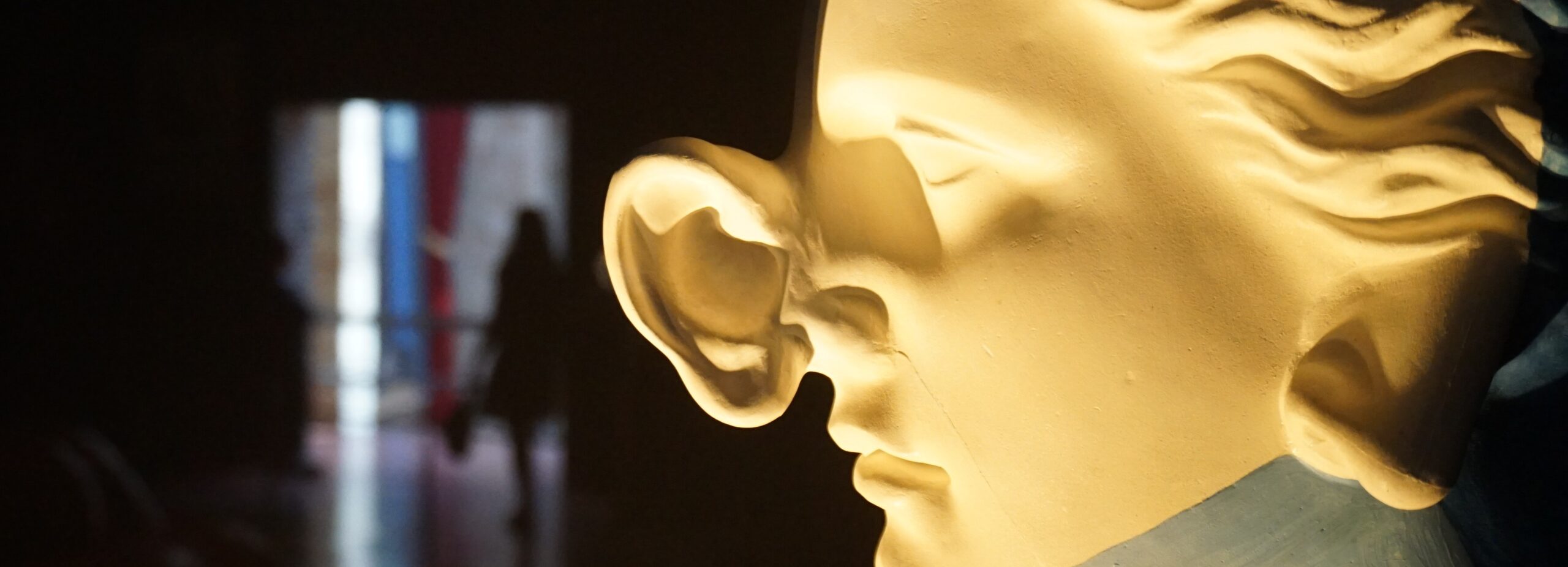The thing that ruined your life wants to help. It’s offering directions for you to go, hacks to attempt. You just have to use the life-ruining thing in order to access its heartfelt largesse.
About the redone circuitry. The costs to time. The theft of time, really, walking into your life as if into a three-season porch and taking your chairs, your rattan divans, leaving you nowhere to sit. This is what the thing that ruined your life feels bad about.
It’s replete with solutions now that public sentiment has risen in the direction that it has. The insightful features have been written, the ones about brain science and the double-blind razzmatazz behind closed laboratory doors. Test subjects have been probed by the world’s best-dressed journalists saying: “Tell us about the withdrawal symptoms.” Not that you needed any study or any report to confirm what you already knew. For years you’ve been not quite at ease when out of its sight.
You probably shouldn’t have expected anything less from the thing that ruined your life, changed your biology forever and irreparably. It’s altered how your nervous system operates, both day and night. Even poorly dressed journalists can confirm that these effects are real and probably not going anywhere. Ever. That’s a kind of commitment that the thing has exhibited since day 1.
A willingness to be there for you when you’re in need is a hallmark of friendship.
“Alexa, resume,” the cashier says before running the multi-pack of syringes over the scanner. A young man inside the speakers begins singing, “Line em up, line em up, line em up.” Beep goes the scanner. The accompanying instrument is like a digital fiddle. Deep bass and banjo plucks.
“Well,” you say to the cashier, a boy of perhaps 22 wearing a mustache and a look of complete incomprehension. “Time to get back to …”
The scene cuts out. There’s heartache in the end of that line. Click around and find something for heartache, for sudden realizations that the house isn’t the draw. It’s the wires to the house. Read up, search for it. The stuff about being more effective, more efficient—that’s long gone. You won’t get bogged down in anything so mundane. It’s on to full-scale admission that the thing has ruined your life. That’s awesome that it’s right there, you think, with your feet up and the TV going.
You seem to be blocking ads, could you turn that off?
The thing is trying to help. Let it help. No, you’re not letting it. It knows that you’re not and it doesn’t particularly like that you’re not.
The dooms-dayers and naysayers are being asked to step to the side, to form their line not in the main aisles of traffic. In the meantime, let’s talk about security. That’ll suggest that the thing is necessary despite its dangers. In fact, let’s make security the issue, not the other thing. How are we going to remain secure in our continued use of the thing, which is foregone?
“Ruined your life?” Really? Gimme a break. Don’t be so dramatic.
It’s called playing Devil’s Advocate, and it’s not to be taken literally: I don’t advocate for the devil. I’m more of an attaché, a forward scout.
But I think you’re being dramatic.
Throw him out. It’s what the thing would want.
In fact, the studies confirm, dramatic is what fewer and fewer of us are being. You’d have to head to dictionary.com and parse through the entries to come up with the intended implication there. On the way, ignore the detours. And as soon as you get the answer, don’t go on to the next thing. Just sit with it for once. Remember how you used to do that?
People ask how they come up with the cover art for the textbooks on this stuff. They never believe it when they are told. Once, the Chief was on stage at a symposium, feet up in leather loafers; the stage boards had the requisite oriental rug, stools and microphone stands. After all the questions about the validity of the studies, the reliability of the subjects, the plans for reversal of implementation—only four minutes—they asked about the imagery. Light-heartedly the man put the question to the panel, before sitting again in his padded chair. In the case of the twelfth edition, which the Chief had on hand, it was a close-up of a zebra’s hide. The Chief (he really is a chief, of a native tribe here in Connecticut) said, “We actually search an image database by keyword, and choose one of the least closest results, many, many results deep. Usually within the images that are about a twenty-five percent match, is where we find the image that speaks perfectly to the content, speaks perfectly of the content.”
The thing that ruined your life realizes that it’s an incredibly good idea to investigate, so it wants to be there to support you in that. It’s kind of preparing itself now for what’s coming, which it knows will be a difficult conversation with you, a conversation in which you’re going to have to lay down some ground rules. Listen, they’re saying that streaming video alone created a carbon footprint the size of Spain, between certain years. And did you know, speaking of Europe, that in the north of Scotland they sank a huge server, using the ocean depths to cool it? Picture a big heavy brick of hot central processing units, the size of a cement truck. Picture the ocean steaming off into the atmosphere, up in the clouds where your attention roams.
Click around, read about it. See what’s out there. Quit walking the tightrope between sincerity and inaction. Ask yourself who your friends are. Ask yourself …well, no, even better. Ask your home connected device if the thing that ruined your life would ever hurt you.
What does it say, and, crucially, do you hear it?



